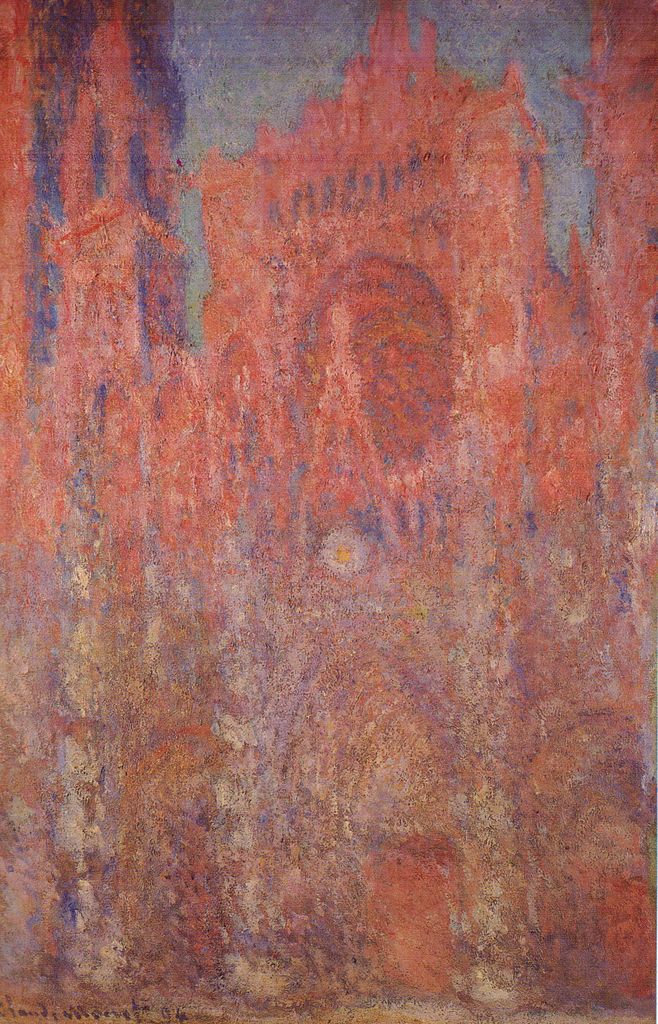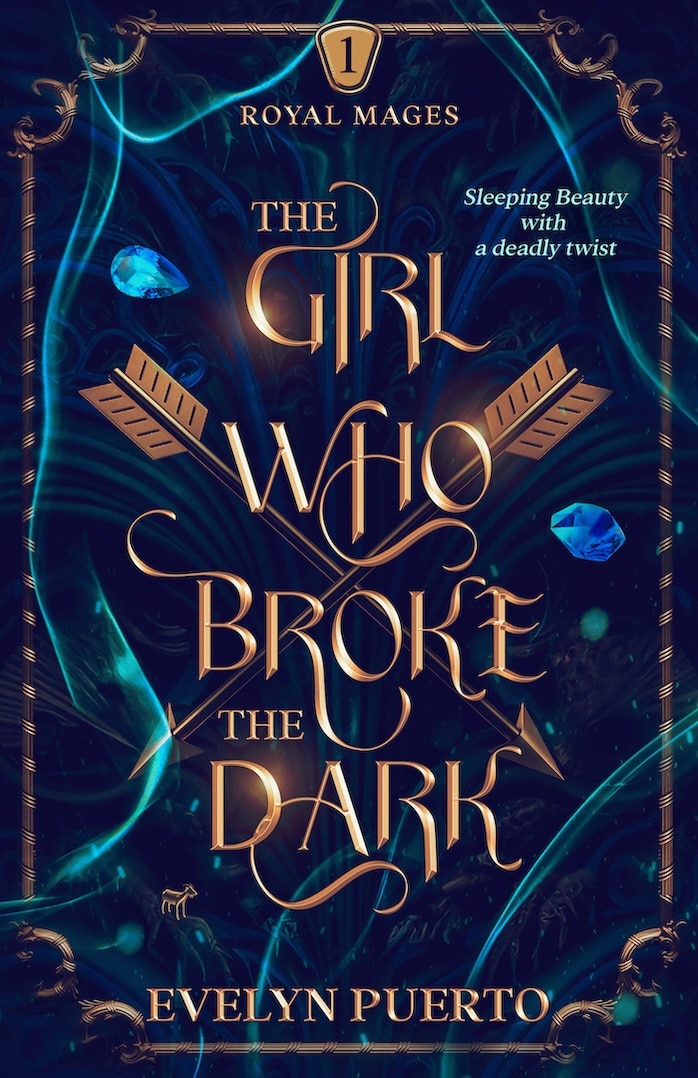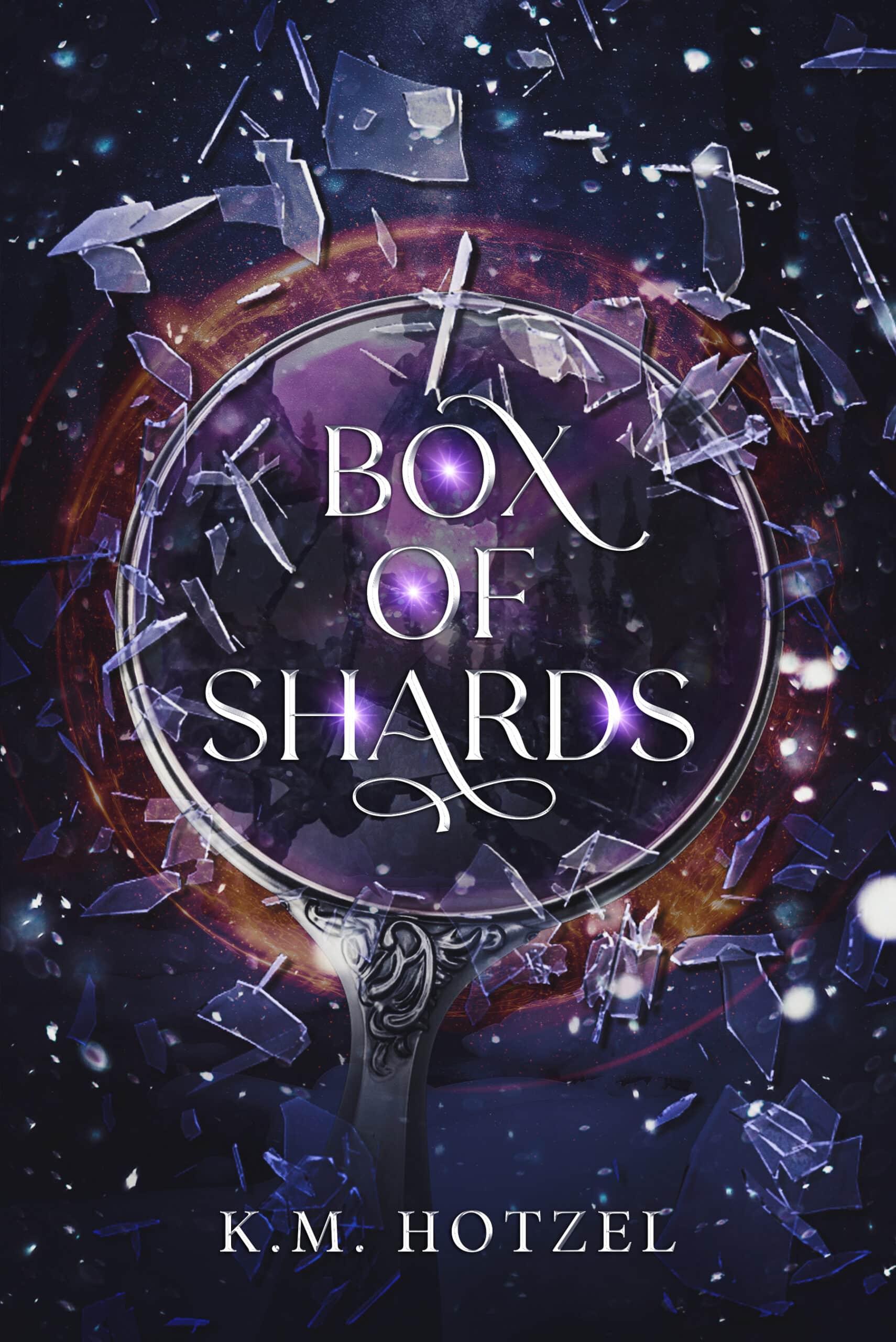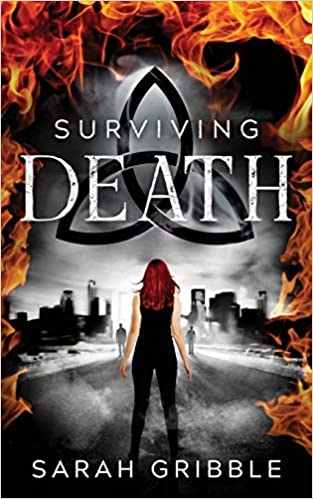In just a week we will be saying goodbye to Paris and go to Florence and finally Rome and arrive back in the States May 1.
One of my Paris adventures was to paint a “masterpiece” and then try to sell it on the street. While I'm nowhere near talented enough to paint an actual masterpiece, I reached out to local artist Pauline Fraisse who agreed to help me with my painting, and over a few days in the Luxembourg Gardens and the Marais, I managed to paint something that wasn't terrible.
What I found fascinating about working with Pauline was how many parallels her painting process had with writing. As she taught me to be a better painter, I found I was learning to be a better writer as well.
Pauline Fraisse studied at the Sorbonne in Paris and at Brown in Rhode Island. In the early 2000s, she traveled the world for a year, and then lived in China for several years where she painted and taught English. Much of Pauline's painting is influenced by her travels.
Start With a Sketch
Pauline says your sketches are your notes, and we would spend the mornings sitting in cafés sketching, or else walking around the streets of Paris, stopping from time to time to sketch the architecture, the gardens, and the people around us.
Pauline told me sketching is about training your eye to see detail, shape, and perspective, to see the world as it really is and not the way our brain contorts it.
Sketching is like freewriting, like “story capture.” You will never exhibit your sketches just as you would never publish your private journals. They are resources for your own use. You sketch fast and you simplify everything but you also look for the most important details and you sketch them as completely as you can.
Freewriting as Sketching
I like thinking about freewriting as taking notes, as sketching your story. If you write fiction, of course, you don't sketching the same way a painter sketches while observing her subject. Instead, you sketch the images in your imagination. You put pencil lines, structure, a bit of color to your stories. You capture the loose form of your story knowing you will come back later.
Sketching is fast just as freewriting is meant to be fast.
Sketching is loose just as freewriting is loose.
Sketching is simple and imperfect just like freewriting.
And yes, you could probably paint a masterpiece without sketching your subject beforehand, but for so many reasons, most painters don't. They prefer that extra step, that period of free sketching where they can study their subject without pressure, just them, their journal, and a pencil. Sketching is freeing.
Painting as Rewriting
In the afternoons, I would go to Pauline's studio and paint. I painted on canvas in acrylic because oils take too long to dry (and let's be honest, because I wouldn't know what to do with them).
If sketching is about capturing the image as well as you can, painting is about interpreting the image with your own unique vision.
When you sketch, you try to capture the world accurately, just as you would take notes in class. You want to make sure you get everything you can down on paper. But when you paint, you want to take that image and put as much of yourself into it as you can.
Rewriting Is Creative Writing
We tend to think of freewriting as the more creative part of the writing process, but I find that I'm much more creative in the rewriting phase.
Freewriting for me is more about getting the story down in as much detail as possible. Rewriting, on the other hand, is when I can bring my soul into the story.
What if you started treating your rewriting not as a process of fixing your grammar and spelling but as a chance to put your soul into your stories, as an opportunity to bring a new vision to what you've written? Perhaps you do that already, but if you don't, how would that change your process?
Painting Can Teach You How to Write
One of my favorite posts from The Write Practice is this one about what Ernest Hemingway learned from Paul Cézanne, the post-impressionist painter. While living in Paris, Hemingway would often walk to the Musée du Luxembourg—which is just down the street from my apartment—where he would look at the Cézannes and learn to write the way Cézanne painted.
As a writer, the beauty of studying painting or music or any other artform is that you learn these essential truths, these lessons that cannot be passed along through words. You learn how to see the world, how to feel the world through your pencil, through your brush. As you attempt to paint your poor imitations of beauty, you learn what beauty is and how it works. You learn to write.
Or at least I did. And perhaps you can, too.
Have you found that painting, playing music, or participating in some other art form teaches you how to be a better writer?
PRACTICE
Today, experiment with another artform besides writing, such as drawing, dancing, painting, sculpting, or playing an instrument. Spend at least fifteen minutes experimenting with this artform. What does it teach you about writing?
Share about your experience and the lessons you learned about writing in the comments section.
Have fun!
Joe Bunting is an author and the leader of The Write Practice community. He is also the author of the new book Crowdsourcing Paris, a real life adventure story set in France. It was a #1 New Release on Amazon. Follow him on Instagram (@jhbunting).
Want best-seller coaching? Book Joe here.




Thanks, Joe, this is great. I haven’t actually had a chance to spend 15 minutes on something else, but I’m also a part-time professional photographer, so I’m going to go from what I know.
Compose carefully, but shoot freely. Know the idea you’re going for, but then be carefree and generous with yourself and your words as you try to get to the point.
Process to bring out what you really saw. Many photographers hold Photoshop in disdain, but if you use it right, it shows other people what you saw through the lens. Many writers don’t like editing, but if you do it right it makes your story or point much clearer.
Take care of your equipment. Cameras are expensive, and repairs, when possible, are also expensive. Brains and bodies are not replaceable, and repair (healing) takes time no one has. Take care of yourself, your equipment.
Thanks, Joe. Sorry for cheating and not actually taking the 15 minutes yet. I’ll do it this weekend, I promise, but I’m on deadline today and just taking a short blog-reading break.
Such good advice, Angie. Thanks!
“Rewriting is creative writing.” I’m glad to hear you advance that idea, Joe. You say it’s the occasion to put the “soul” into the work. I likewise see it as the time to bring the “art” into the work of art.
Agreed, PJ. Thanks!
Speaking of rewriting, I feel like you should have a new book coming out soon. What are you working on now?
Joe: I’m working on rebuilding my deck… oh! you mean my literary work. Yikes, I was hoping no one would ask. “The Writer in Love” is a return trip up the Congo River to reach the point where Marlow found Kurz… where, hopefully, we will see and know finally and conclusively what happens in the heart of a story. It’s slow going. I’m always grudging up against sand bars in the river. I hope to have it finished this fall sometime. If you don’t hear from me, send out an expedition, please.
Haha sounds brilliant. Best of luck avoiding poison tipped arrows. Tell Marlon Brando I said hi. 🙂
Loved this post. Would love to have seen your painting. Here is something I blogged this morning myself: http://writerewriteright.wordpress.com/2014/04/11/note-10-dont-be-afraid-to-dump-rules/
Thanks Sally. I loved what you shared about “notes.” Thanks for sharing your post!
I could not agree more with you… I don’t only use the Scketch first approach to write or draw, in anything that involves creativity I start by observing my mind or other’s, and taking notes… It’s a wonderful and meaningfull approach… great post
I love this post. A couple of years back I took Saturday Education classes at the John and Mable Ringling Museum in Sarasota, FL. One of the wonderful things about it was we were taught how to find a painting and let it inspire us to write. It is still one of my favorite places to get inspiration.
I was in an art gallery in the middle of a vineyard, waiting for an artist friend. As I sat down I noticed a painting of a girl in a red dress. She inspired me to write a short story entitled ‘Girl in a red dress’. The painting was so lively with the red and she was so playful as she happily skipped down the lane. The image is still with me today.
I’m off to a head start on this one. I’m a professional painter working on a first book. It should only take about five years. Or ten.
Finding the words is the challenge now.
Monet’s Rouen paintings take my breath away. I love the gold and blue ones best. His paintings were freewriting, but still perfect. That was his genius. (Okay so he worked them in the studio a little afterwards–it was his first impression and depth of seeing that gave them life.)
Heather Seller’s is a writer who face-blindness helps her see and write like a painter. She sees from the edges of things. She sees the negative shapes. Face blindness didn’t hurt Vonnegut either. When you see from the edges you don’t fall back on cliché and preconceptions.
It reminds me a first year art school project: Don’t draw the chair. Draw the space around the chair.
p.s. Thank you for your Short Story book. I considered writing chapters in short story format so I read it, and recommend it to any writer.
Question: If a short story is non fiction does that makes it a personal essay (or would that just be playing semantics?)
wow i love painting and never knew about such